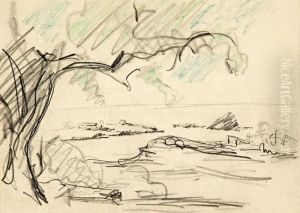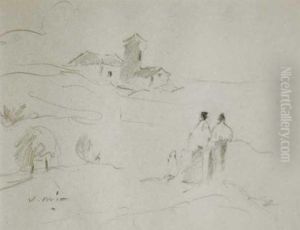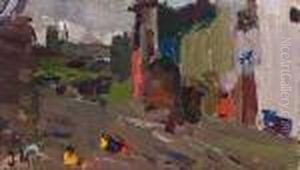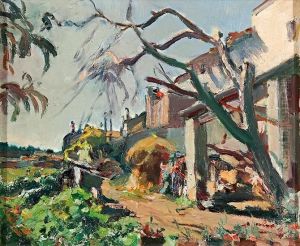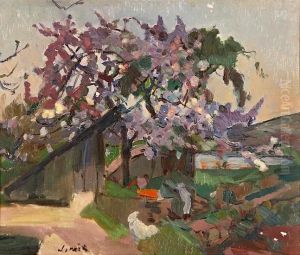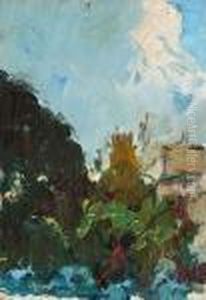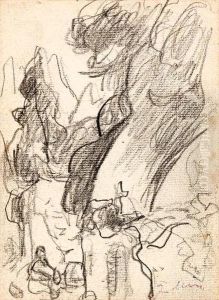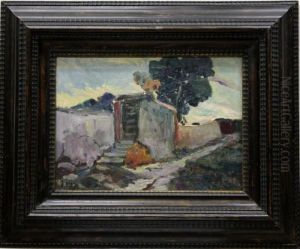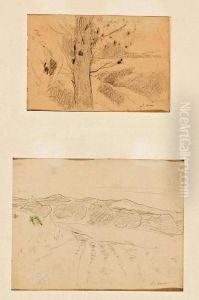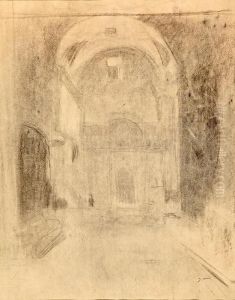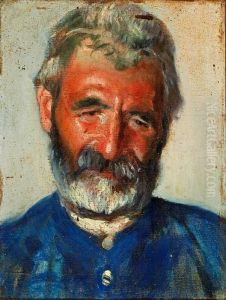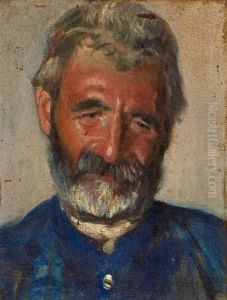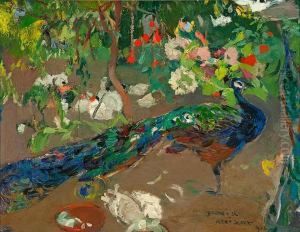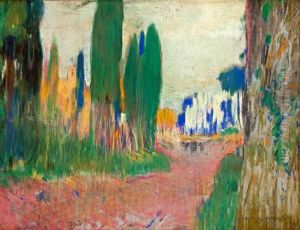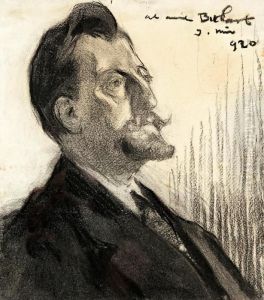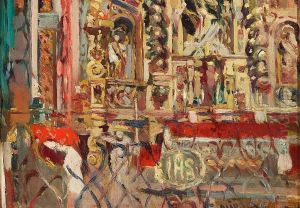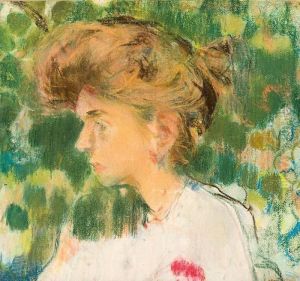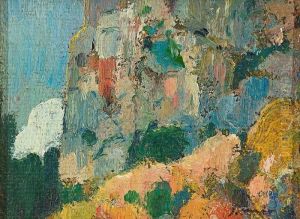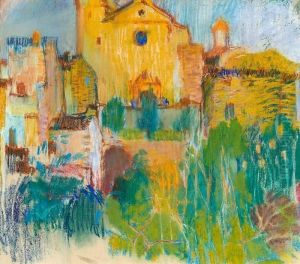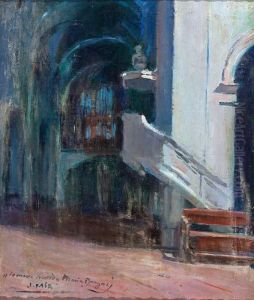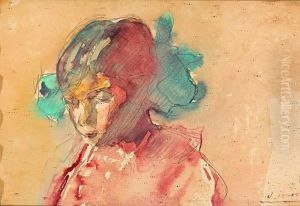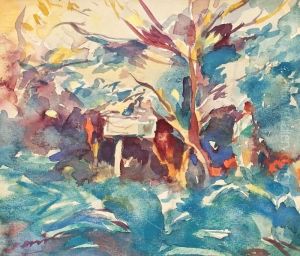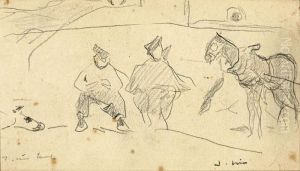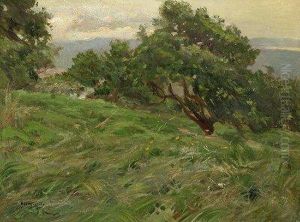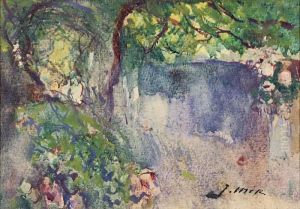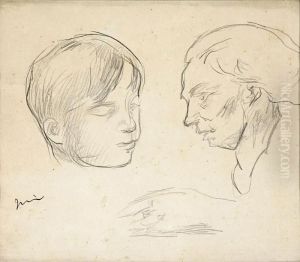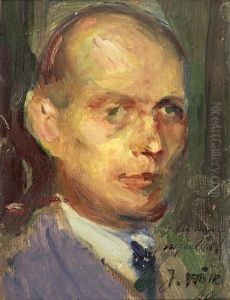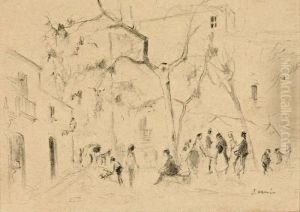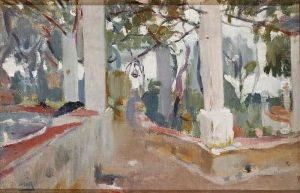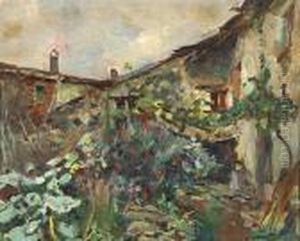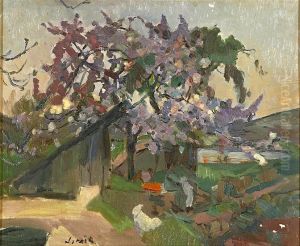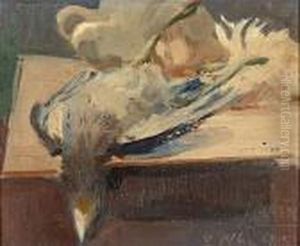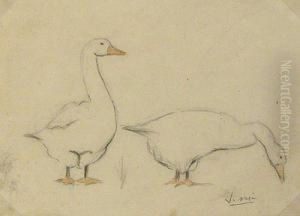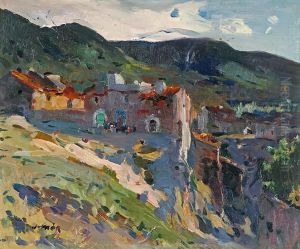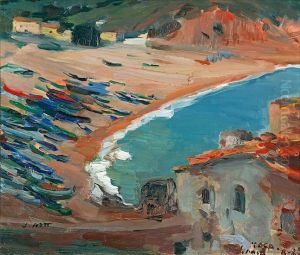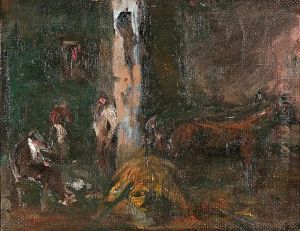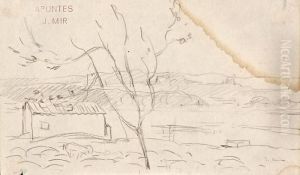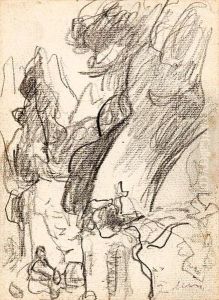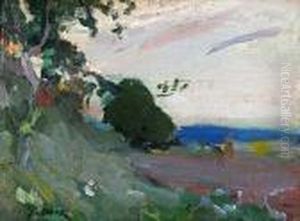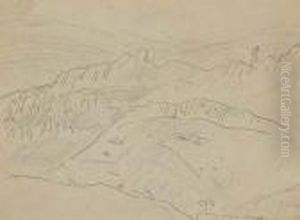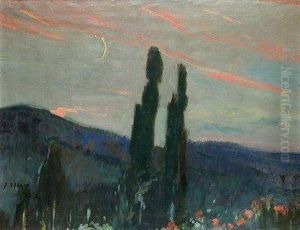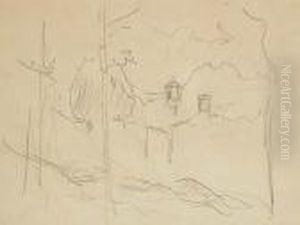Joaquim Mir Paintings
Joaquim Mir Trinxet was a notable Catalan painter born on January 6, 1873, in Barcelona, Spain. Known for his vibrant use of color and dynamic landscapes, Mir's work was a reflection of his love for the natural world and a representation of the Catalan modernisme movement.
Mir's early artistic endeavors were influenced by his studies at the Llotja School in Barcelona, where he was taught by the likes of Antoni Caba and Modest Urgell. In his youth, he was also associated with the Colla del Safrà, a group of young artists who focused on painting landscapes en plein air, which was a radical departure from the academic studio painting of the time.
In 1899, Mir suffered a mental breakdown and subsequently spent time recuperating in the psychiatric institution of Reus. This period of isolation and introspection influenced his artistic style, leading to the creation of some of his most significant works characterized by a more personal and emotional approach to landscape painting.
Throughout his career, Mir oscillated between periods of traditional landscape painting and more avant-garde, almost abstract approaches. One of his most famous works, 'La catedral de los pobres', showcases his unique style of rich colors and swirling forms, which became a hallmark of his mature work.
Mir's contributions to Catalan art were recognized in his lifetime, and he was awarded the Grand Prize for distinguished painting at the National Exhibition in Barcelona in 1930. Despite the political turmoil of early 20th-century Spain, including the Spanish Civil War, Mir continued to paint, capturing the tumultuous skies and landscapes that reflected the changing environment around him.
Joaquim Mir passed away on April 27, 1940, in his hometown of Barcelona. His legacy as a key figure in the development of modern Catalan painting continues to be celebrated, with his works displayed in major museums and galleries in Spain and around the world.
